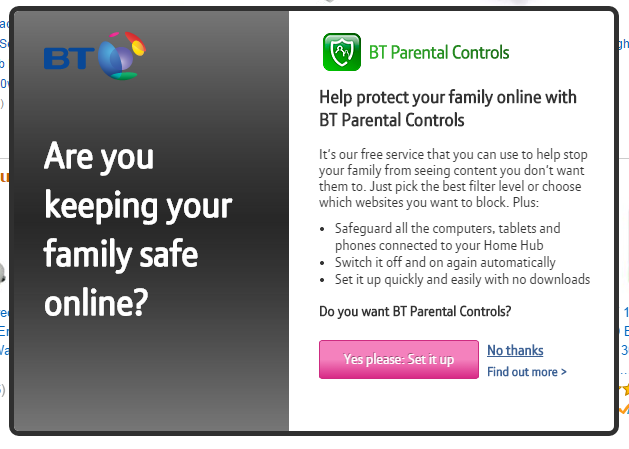In the middle of last week I was expecting an important call. It didn’t come. Then someone said they’d been trying to get me on the phone and couldn’t. It turns out I’ve got a line fault. And OpenReach’s response so far is an object lesson in to how to get things wrong.
First off, the fault results in the caller hearing a ringing tone but nothing ringing at this end. This means the caller simiply thinks your not answering. BT’s automated system quickly identified that the line wasn’t working, but I had to ask that callers got an “out-of-order” message. Is OpenReach reluctant to admit that it’s lines could be faulty?
The line provides VDSL and an analogue telephone, which goes in to a PABX. Therefore its lack of dial tone wasn’t noticed; the PABX simply skips until it finds a working line when you’re making an outside call. But on plugging a handset direct to the line, it’s as dead as a doornail. No voltage across A-B, no dial tone, no crackle. Nothing. Except, strangely, the VDSL is still working.
Now anyone with half a brain will realise that the pair is good, and the fault is going to be in the street box or exchange. My guess is that it’s in the green cabinet up the road where my line connects to the FTTC service.
So, several days pass and I notice it hasn’t been fixed. Then I get a call (on one of the remaining working lines) from BT; an obviously foreign accent. Apparently they have determined that there is a fault outside of the exchange (and by implication in my cabling). It’s not with me. The first thing anyone would do is disconnect the PABX and the VDSL modem (and its filter) and test the incoming socket. Just try explaining this to an overseas call centre reading from a script. To humour the hapless fool I eventually I again removed the NTE5 face plate (she didn’t even know what an NTE5 was!) and plugged a handset direct in to the incoming socket. Only then would she agree to send an “engineer” to look at it.
I did explain exactly where the fault was likely to be (remember, the VDSL hasn’t been interrupted – it’s not difficult to work it out). Apparently an engineer is now booked for Monday afternoon. I pointed out that he’d need to call me to get access, should it be needed (it shouldn’t) but I’m not sure she took it in.
And then, insult to injury, she sent a text message to the landline!
I told them about the fault days ago, and exactly what the problem was. It was flagged as fault on their own self-diagnostic. And OpenReach couldn’t even mark the line as out-of-order to callers until I moaned at them. BT makes a lot of money implementing overseas call centres. Yet even they can’t get them to work on a human level.



